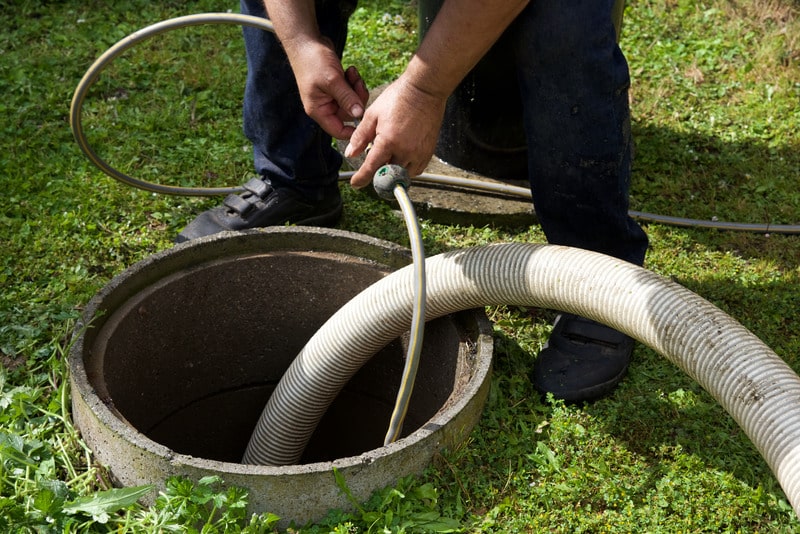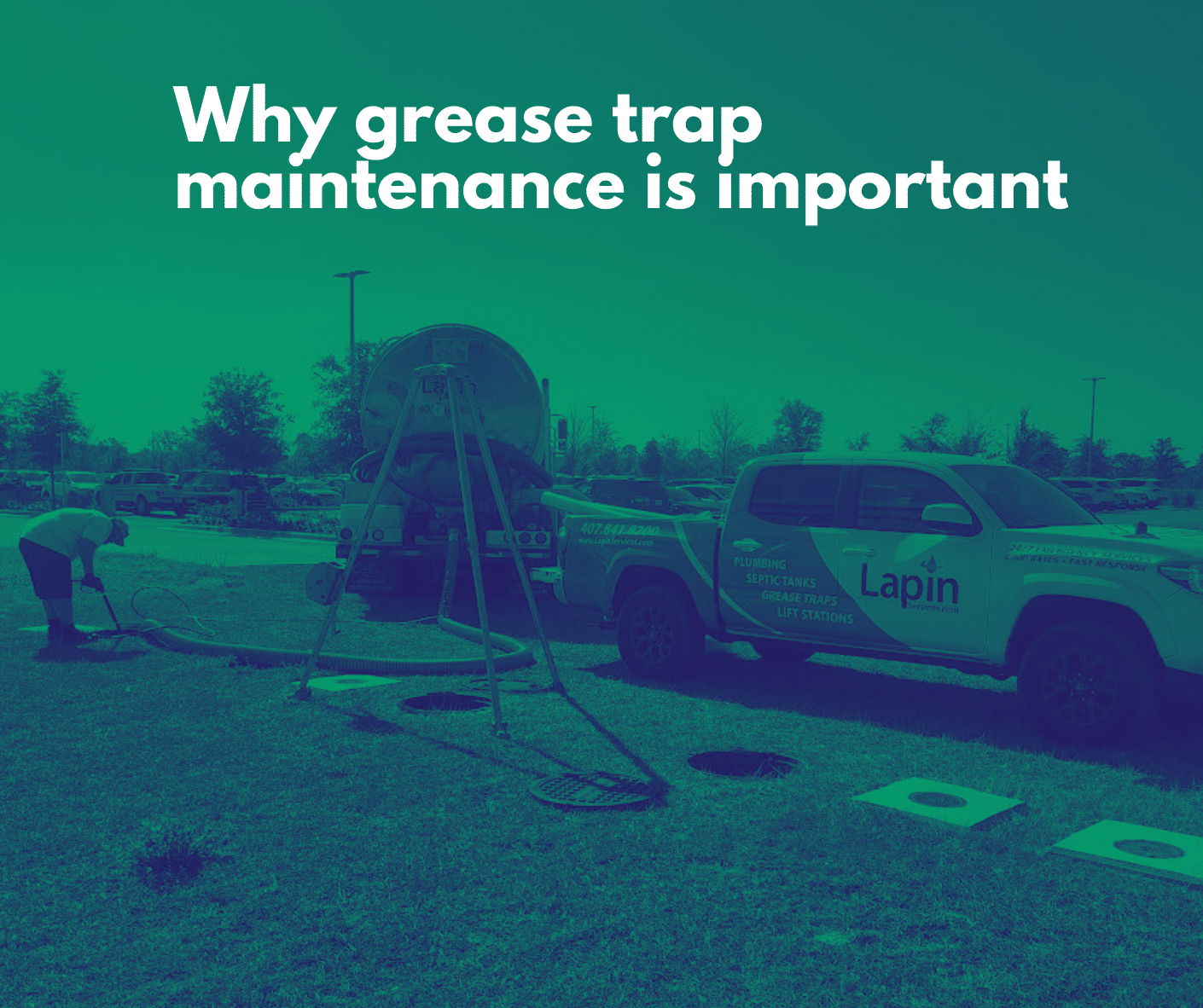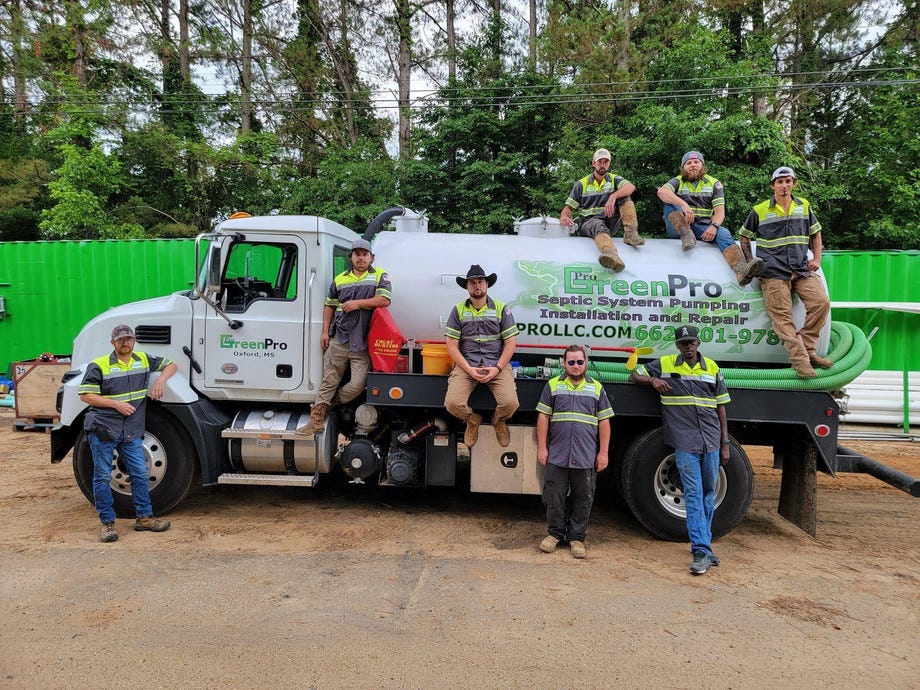The Greatest Guide To Stillwell Septic And Grading
The Greatest Guide To Stillwell Septic And Grading
Blog Article
Stillwell Septic And Grading Things To Know Before You Get This
Table of ContentsGetting The Stillwell Septic And Grading To WorkNot known Facts About Stillwell Septic And GradingLittle Known Questions About Stillwell Septic And Grading.How Stillwell Septic And Grading can Save You Time, Stress, and Money.How Stillwell Septic And Grading can Save You Time, Stress, and Money.4 Simple Techniques For Stillwell Septic And GradingSome Of Stillwell Septic And Grading

Homeowners ought to additionally enlighten themselves on the fundamentals of septic systems to guarantee they make educated decisions throughout the installation procedure - Septic Installers. Septic systems are a vital part of numerous homes that are not attached to a municipal drain system. They are developed to treat and take care of family wastewater on-site
The septic tank is a large, below ground container made from concrete, fiberglass, or plastic. It receives all the wastewater from the home, including water from sinks, commodes, showers, and cleaning devices. The storage tank separates the solid waste from the fluid waste. The solid waste resolves to the base of the storage tank, while the fluid waste, or effluent, increases to the top.
The Buzz on Stillwell Septic And Grading
It is also crucial to preserve water and prevent straining the system. Easy actions such as taking care of leaking faucets and commodes, setting up low-flow showerheads and bathrooms, and spreading out washing tons can aid minimize water usage and extend the life of the septic system.
The topography of the site is also evaluated to ensure that the septic system is installed at the proper altitude. https://www.webtoolhub.com/profile.aspx?user=42382892. The system ought to be mounted at a greater elevation than the surrounding area to stop contamination of the surrounding environment. Problems are the minimum ranges required by law in between the septic tank and other frameworks or attributes such as wells, structures, and residential or commercial property lines
The elevations will certainly make sure that the septic system works appropriately, and wastewater is efficiently treated. It makes certain that the septic system is mounted in the most optimal location, taking right into factor to consider the soil, topography, and obstacles.
Rumored Buzz on Stillwell Septic And Grading
Before mounting a septic storage tank, house owners require to acquire permits and abide with laws. Some of the authorizations and laws that homeowners require to think about consist of:: Property owners require to get a permit from the neighborhood health division or structure department before mounting a septic system.
Some municipalities might call for a minimum lot size for septic system installation.: Homeowners need to abide with environmental policies when mounting a septic system. https://www.avitop.com/cs/members/stillwellsag.aspx. Some states might require an environmental impact evaluation prior to setting up a septic system.: Property owners require to abide with construction laws when setting up a septic system.
The Main Principles Of Stillwell Septic And Grading
Some districts may need routine assessments and pumping of the septic storage tank. It is critical for property owners to acquire authorizations and abide with policies before installing a septic system.
Among the most important factors to think about when selecting a sewage-disposal tank is the dimension. A septic tank that is also small for the home's requirements will call for even more frequent pumping, while a storage tank that is also huge can bring about too much water buildup and possible system failing. A basic general rule is that the tank ought to be able to hold a minimum of 2 days' worth of wastewater.
Some Known Questions About Stillwell Septic And Grading.

It's additionally vital to consider the type of system the septic tank will certainly be made use of with. There are 2 main kinds of septic systems: gravity and stress.
The Best Strategy To Use For Stillwell Septic And Grading
Overall, selecting the best septic system for a home is a vital decision that requires cautious factor to consider. Home owners should seek advice from a professional to establish the most effective choices for their particular needs. Before setting up a septic system, property owners need to take specific steps to plan for the setup process. This area lays out both major areas of prep work: excavation and precaution.
Right here are some necessary more information precaution to adhere to: Use protective gear: House owners should put on protective gear, such as gloves, boots, and headgears, to stop injury throughout the installation procedure. Stay clear of electric lines: Property owners have to stay clear of digging near electric lines to stop electrocution. Use care when running hefty machinery: Home owners have to use caution when running heavy equipment to prevent accidents and injuries.
Stillwell Septic And Grading Fundamentals Explained
By complying with these necessary actions, house owners can make sure an effective septic storage tank setup procedure. Septic system installation is an important procedure that requires mindful preparation and implementation. Property owners who are mounting a sewage-disposal tank for the very first time must understand the essential steps involved in the process to make sure that their septic system works effectively and successfully.

Report this page